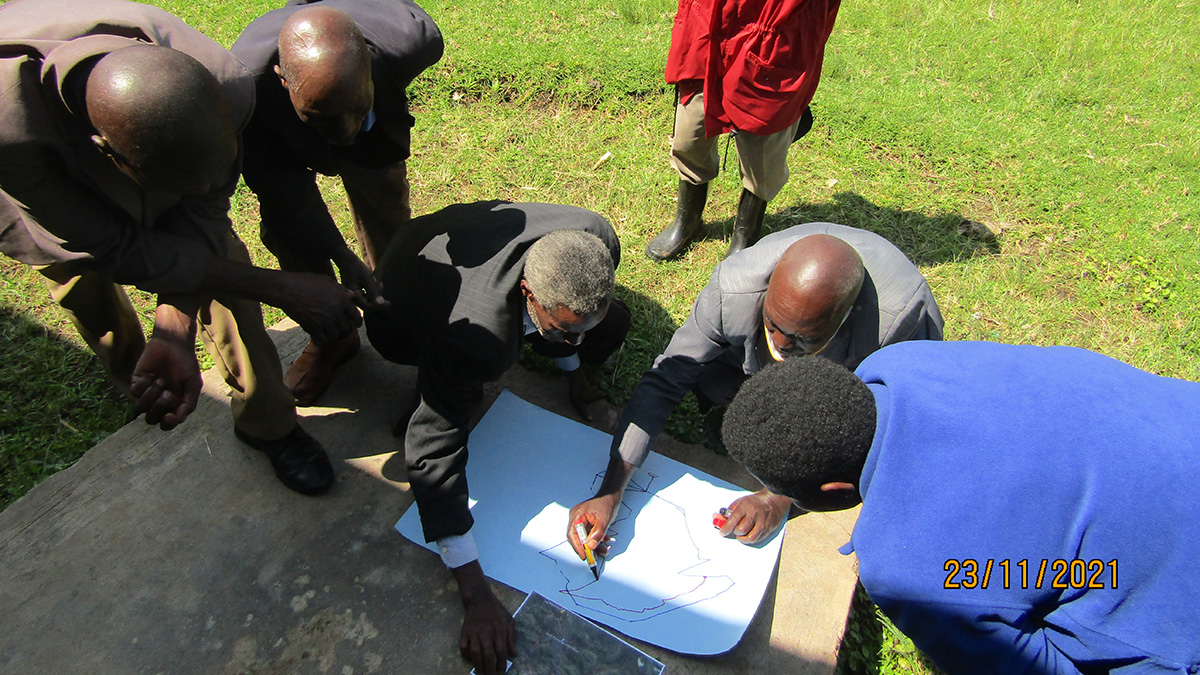Análisis de imágenes sugiere que el estilo de los artistas evolucionó en sincronía con el incremento de la contaminación en el aire durante la Revolución Industrial.
James Dacey
Were Impressionist Masters Painting a Polluted Reality?
Image analysis suggests that artists’ styles evolved in sync with increasing air pollution during the Industrial Revolution.
Proyecto de ciencia comunitaria ayuda a rastrear los riesgos geológicos en Uganda
Un proyecto comunitario en las tierras altas de Kigezi está ayudando a identificar puntos calientes de deslizamientos de tierra e inundaciones y cómo los peligros están evolucionando.
U.K.-Based Geoscientists Trapped in European Funding Impasse
Political disputes threaten the United Kingdom’s status in Horizon Europe, the world’s largest transnational funding program.
Community Science Project Helps Track Geohazard Risks in Uganda
A community project in the Kigezi Highlands is helping to identify landslide and flooding hot spots and how the hazards are evolving.
Vehículos robóticos exploran campos de batalla de la Segunda Guerra Mundial en el océano
El Proyecto Recover usa vehículos autónomos submarinos para identificar, acceder, y captar imágenes de sitios difíciles de alcanzar con restos de la Segunda Guerra Mundial, cerca de las Islas Marianas del Norte.
Robotic Vehicles Explore World War II Era Ocean Battlefields
Project Recover used autonomous underwater vehicles to identify, access, and image hard-to-reach World War II wreckage sites near the Northern Mariana Islands.
Oxygen Levels Measured in a Lung of the Deep Ocean
The Labrador Sea “inhales” oxygen and supplies it to deep-sea life across the world. But its breath could be threatened by climate change.
Peruvian Farmers Threatened by Water Stress
Two analyses present the Arequipa region as a microcosm of water supply issues facing small-scale agriculture communities.
Food Security Lessons from the Vikings
Scandinavian societies of the first millennium adapted their farming practices to volcano-driven climate changes.










